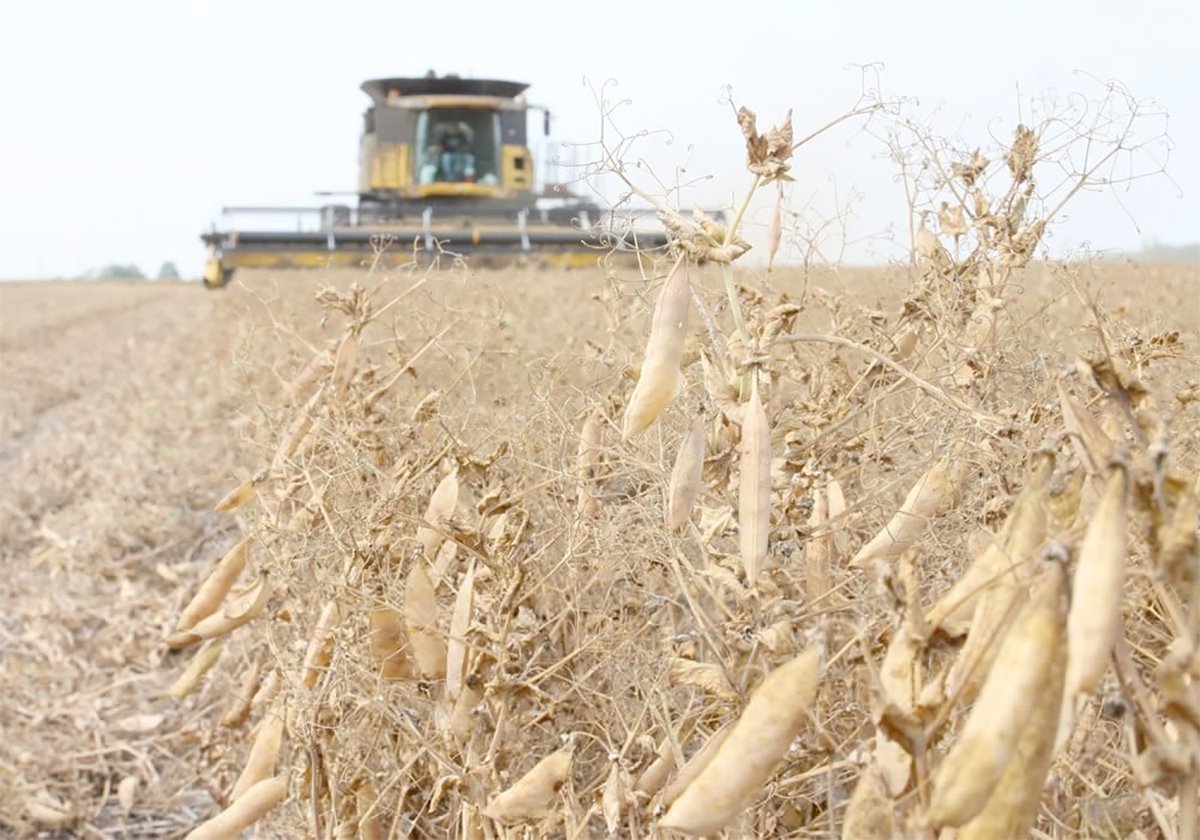Canola, wheat acres expected to soar | More lucrative crops to keep durum in the dumps
Canola and spring wheat acres are expected to rebound in North Dakota this year following a soggy 2011.
However, durum will struggle to regain acres this year because growers are leaning toward other crops, says a North Dakota Wheat Commission representative.
“A lot of guys are not overly excited about durum,” said Erica Olson, marketing specialist with the commission.
Price is the culprit.
New crop durum contracts are fetching around $7.50 per bushel in the state, making it difficult to compete against more lucrative crops, such as corn and soybeans.
Read Also

Chinese, Indian tariffs take toll on pea prices
The disruption of pea exports from Canada’s largest customers will likely result in slow pea exports for the remainder of the crop year.
“But it’s not just those two crops, it’s everything. Canola, sunflowers, barley, everything is very competitive this year,” Olson said.
Consequently, durum will be well below 1. 6 million acres, the five-year average for the state, she added.
Statewide durum acres were 800,000 last year, the lowest in more that 50 years, because of extensive spring flooding in the northwest and other regions of North Dakota. Overland and river flooding drowned six million of acres of cropland in North Dakota in 2011.
Olson expects durum will rebound from last year’s low, but it may bounce more like a rock than a rubber ball.
“We are going to see an increase, she said. “It might be tough for us to get back to that average level.”
Olson is feeling more hopeful about spring wheat, possibly because new crop spring wheat futures on the Minneapolis Grain Exchange were trading close to $8 a bu. March 23.
Last year, North Dakota farmers harvested 5.7 million acres of spring wheat. An early spring should spur a return to the state’s five-year average of 6.5 million acres, she said.
Unseasonably warm weather this winter and spring have already allowed a few farmers to plant wheat. The opportunity to seed earlier than usual might encourage North Dakota producers to plant wheat in April, Olson said.
Canola acres are also expected to rebound this year.
Barry Coleman, Northern Canola Growers executive director, predicted the crop would easily exceed North Dakota’s five-year average of one million acres.
“Right now, if I we’re betting, I’d say right around that 1.2 to 1.25 million range,” he said.
Coleman said the abundance of unplanted fields should give canola a boost because producers will want to inject canola back into their rotation.
The winter of 2011-12 may have been brief and dry across North Dakota, but he said few producers are worried about soil moisture because subsoil moisture is plentiful thanks to last year’s flooding.
The U.S. Department of Agriculture will release its acreage estimates March 30.















